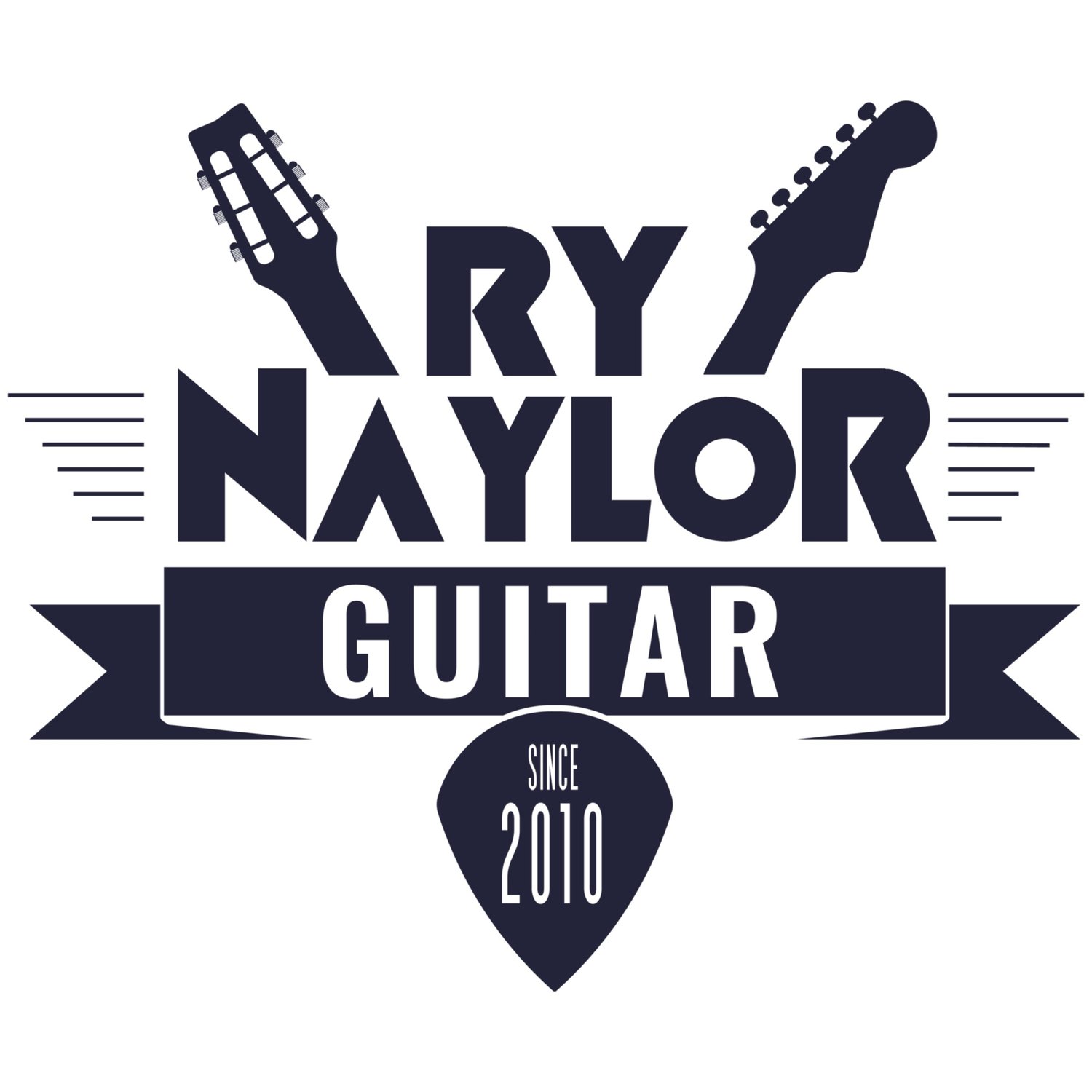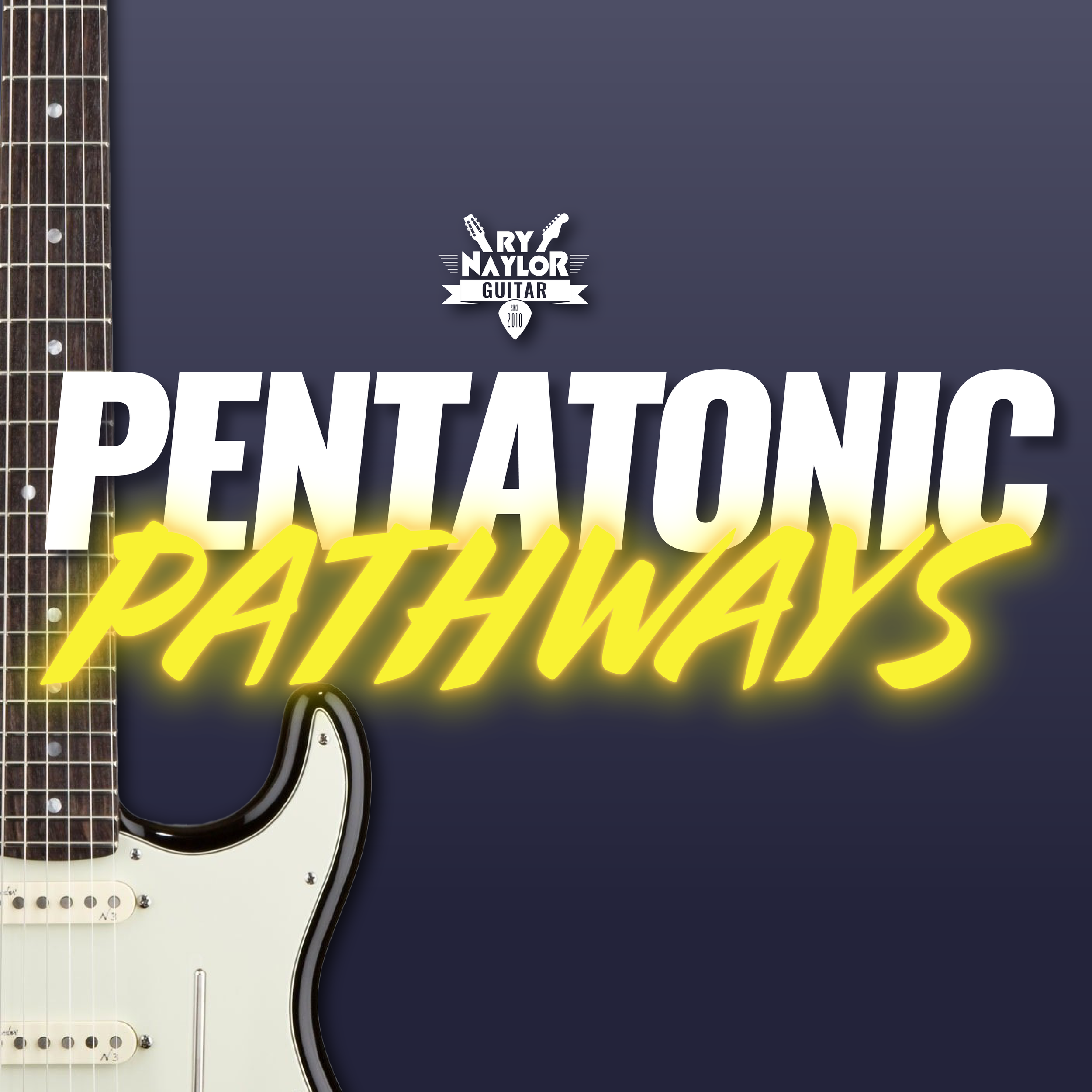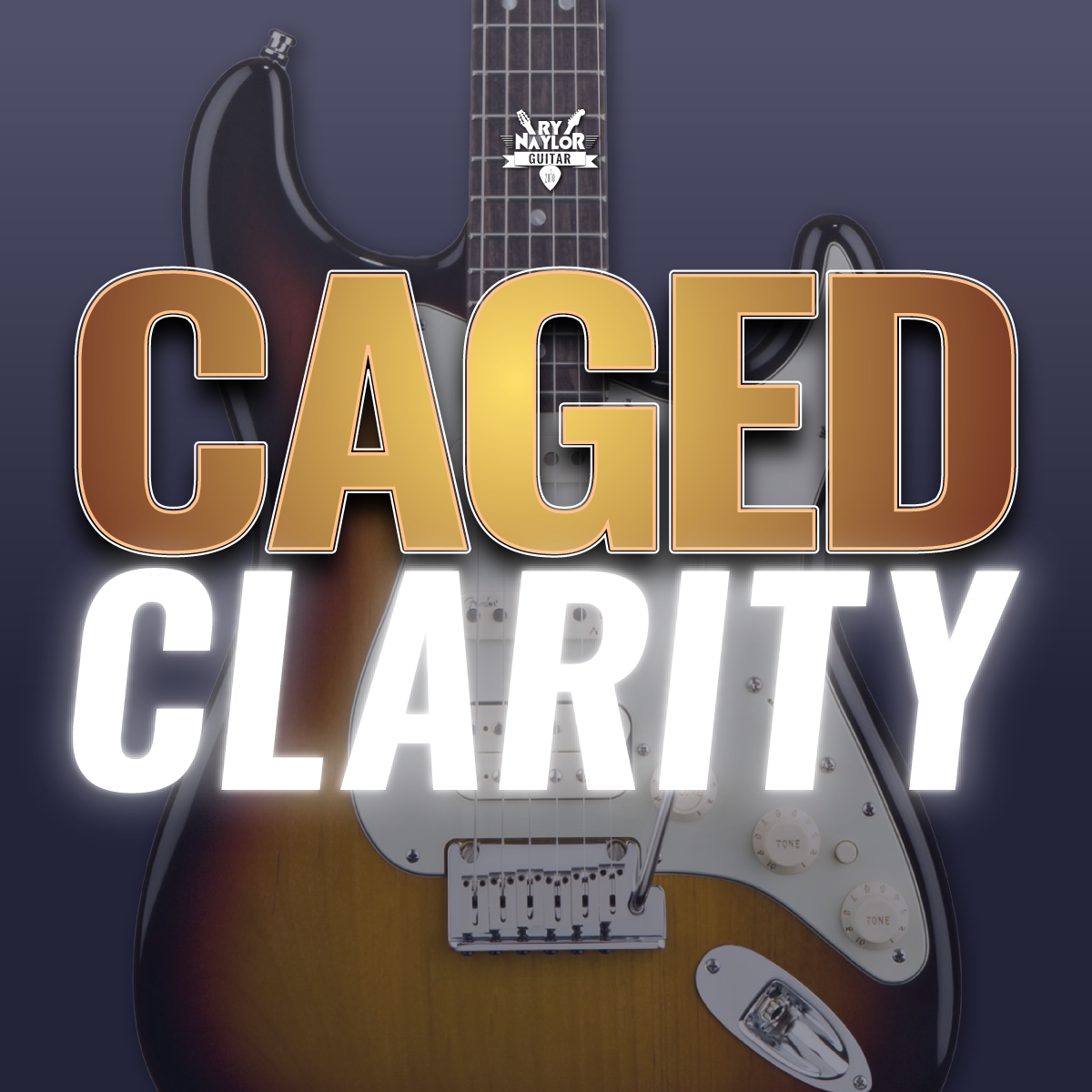Reading Chord Boxes
/Recently, I've been posting a series of chord boxes on my Instagram feed in a series I'm calling 'Chord of the Day'. Go check it out if you haven't done so already.
I've had questions from a few people asking how exactly chord boxes are read, so here is an explanation.
- The title indicates the name of the chord.
- The strings are ordered (from left to right): 654321 or EADGBe.
- A thick line on the top of the chord box represents the guitar nut and indicates that the chord is played in the open position (frets 1-4).
- Black circles on the diagram tell you which frets and strings to play.
- Numbers inside the black circles indicate fretting hand fingerings.
- An 'X' on the top line indicates that a string should not be played.
- An 'O' on the top line indicates an open string that is played.
- Numbers may appear on the left of the chord box to indicate fret numbers to help identify where on the fretboard the chord is played.
- The notes within the chord may appear below the chord box.
I have a free PDF handout to download here.























